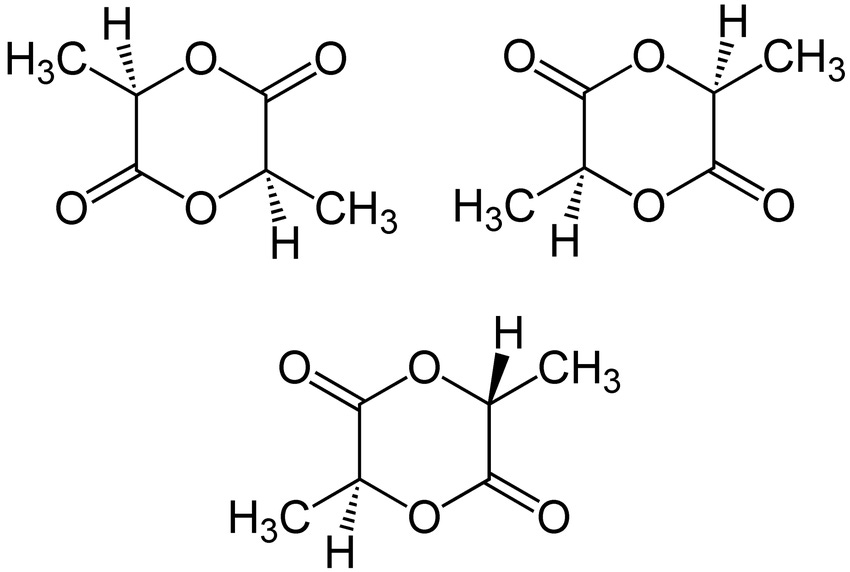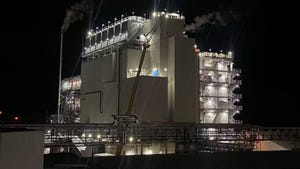Green Matter: The greening of PLA
PLA is 100% biobased, made from renewable resources, biodegradable and compostable. It's affordable and commercially widely available and produced on industrial scale, with proven applications on the consumer market. It can be reused, incinerated or recycled. If desired, feedstock recovery is also possible. What more could we want?Well, there is still at least one area that researchers are still looking at could make this green commodity even greener. And, no, it has nothing to do with the public debate about using food or feed crops for non-food purposes, such as making PLA.
September 19, 2013

After all, recent studies that have examined that issue have determined that the use of such crops for industrial purposes does not impact on land use for food crops, nor is it the reason for rising food prices. A report released earlier this year by the World Bank ('Long-term Drivers of Food Prices') found, for example, that rising crude oil prices were the biggest contributor to rising food prices. Just weeks ago, nova-Institut published a position paper that also aimed to make a well-researched, balanced contribution to the debate. It took the position that all kinds of biomass should be accepted for industrial uses; the choice should be dependent on how sustainably and efficiently these biomass resources can be produced. "Efficiency and sustainability should be the leading criteria when selecting renewable feedstock for industrial purposes, such as the production of bioplastics", said Hasso von Pogrell, Managing Director of European Bioplastics, commenting on the report.
Interestingly, too, nova-Institut pointed out that "first-generation crops also have the potential to give the farmer more flexibility in terms of his crops end use. If the market is already saturated with food exports of a crop, this allows the crop to be diverted towards industrial use. The reverse is also true when there is a food shortage." Now, there's a thought.
Researchers today, however, are working on a much different aspect of PLA: its means of polymerization. One of the most efficient and commonly used routes to obtain high-molecular PLA today is by via ring opening polymerization of lactide. The catalysts used in this process are, in many cases, tin compounds, and more specifically, stannous octoate. And while this is a highly efficient, low-toxic catalyst, metallic residues can nonetheless raise concerns, especially in biomedical applications, where accumulation following degradation may cause problems. And what about accumulation in the environment?
These concerns are being addressed by research labs around the world, where for example, the use of enzymes, such as lipases, are being examined, while supercritical CO2 technology and biosysnthesis are other options being investigated in the quest for 'green polymer chemistry'.
Catalyzing without metals, solvents
One such effort was initiated by the Japanese-based Ricoh Group, one of the Global 100 sustainable corporations for nine years straight, in cooperation with Shizuoka University. In this project, Ricoh succeeded in 2012 in developing a new technology involving commercially available organic molecule catalysts and hyperbaric CO2 or supercritical carbon dioxide enabling polymerization to take place at low temperatures without the use of a metal catalyst or organic solvents. Polymerization occurs at temperatures of lower than 100°C-far lower than the 200°C needed for the tin catalyst route. The process yields an efficient, low-cost continuous production of high-purity PLA. Ricoh now hopes that this will spur others to consider using bioplastics in their manufacturing processes.
Ricoh is already making the switch to polylactic acid to manufacture durable parts of copiers. To that end, it is developing a materials technology based on biomass derived from non-food crops, such as timber from forest thinning and waste wood.
And in an earlier Green Matter item (1-14-2013), I wrote about the kick-off of another of these projects that is currently being funded by the European Union. Called InnoREX, it is being carried out by a consortium of eleven partners made up of businesses, research centers and a trade association. The InnoREX project is attempting to realize a new polymerization route for PLA through a novel reaction concept using alternative energy sources: continuous, highly precise, metal-free polymerization via reactive extrusion. The consortium is discussing the first results of this project this month, and at the Fraunhofer ICT stand at K 2013 (Hall 7, stand 5), project members will be on hand with information about these results.
About the Author(s)
You May Also Like


